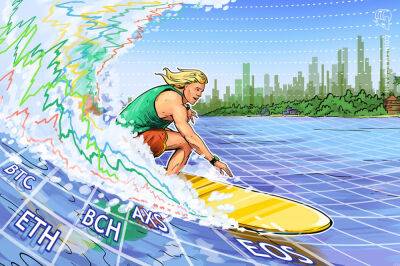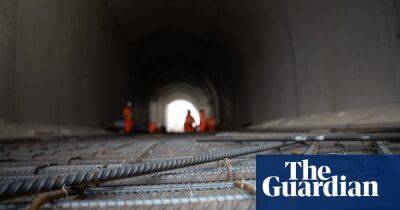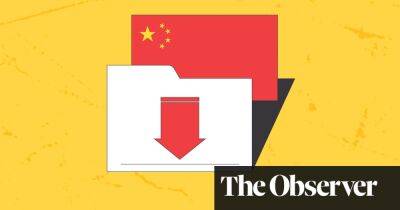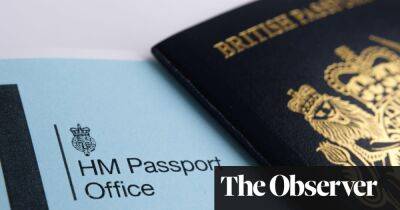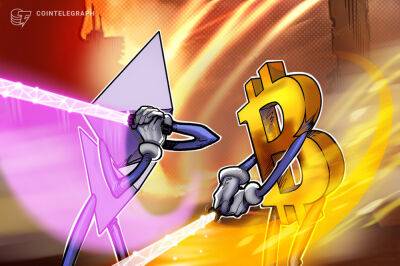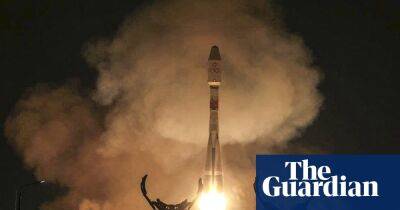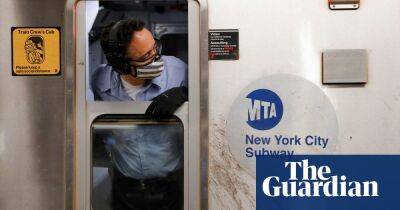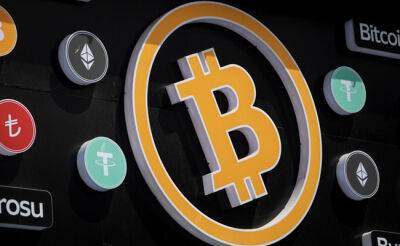G7 relaunches funding programme for developing countries under new name
The G7 has been forced to relaunch its vehicle to provide infrastructure funds to poor and developing countries only a year after a largely similar scheme was unveiled at the G7 conference in Cornwall last July under the label Build Back Better World.
The fund was relaunched at the start of the G7 in Germany on Sunday as the Global Investment and Infrastructure Partnership and with the same goal of providing an alternative to the Chinese belt and road initiative that Beijing has used for more than a decade to build economic ties with developing countries.
All the G7 leaders led by the US president, Joe Biden, came together at a side meeting on the first day of the summit to make statements backing the partnership and so underscore their commitment to helping poorer countries. The aim would be to leverage a total $600bn (£490bn) of private and public funds by 2027, with Biden claiming $200bn over the next five years would come from the US.
Projects cited at the event include a secure sub-sea cable linking Europe and south-east Asia, an industrial MRNA vaccine plant in Senegal, solar projects in Angola, a modular nuclear reactor plant in Romania and a port linking Christmas Island with the rest of the world.
The US has always claimed that the Chinese offer of loans is laced with hidden terms that leave countries eventually facing high payback clauses, and intrusive conditions that often cut across climate change objectives.
But little had been heard of Build Back Better world since its launch, while in January the EU launched its own infrastructure fund for developing countries, called the Global Gateway, aiming to mobilise €300bn (£260bn) in investments between 2021 and 2027.
At the time the EU insisted its fund would work
Read more on theguardian.com




